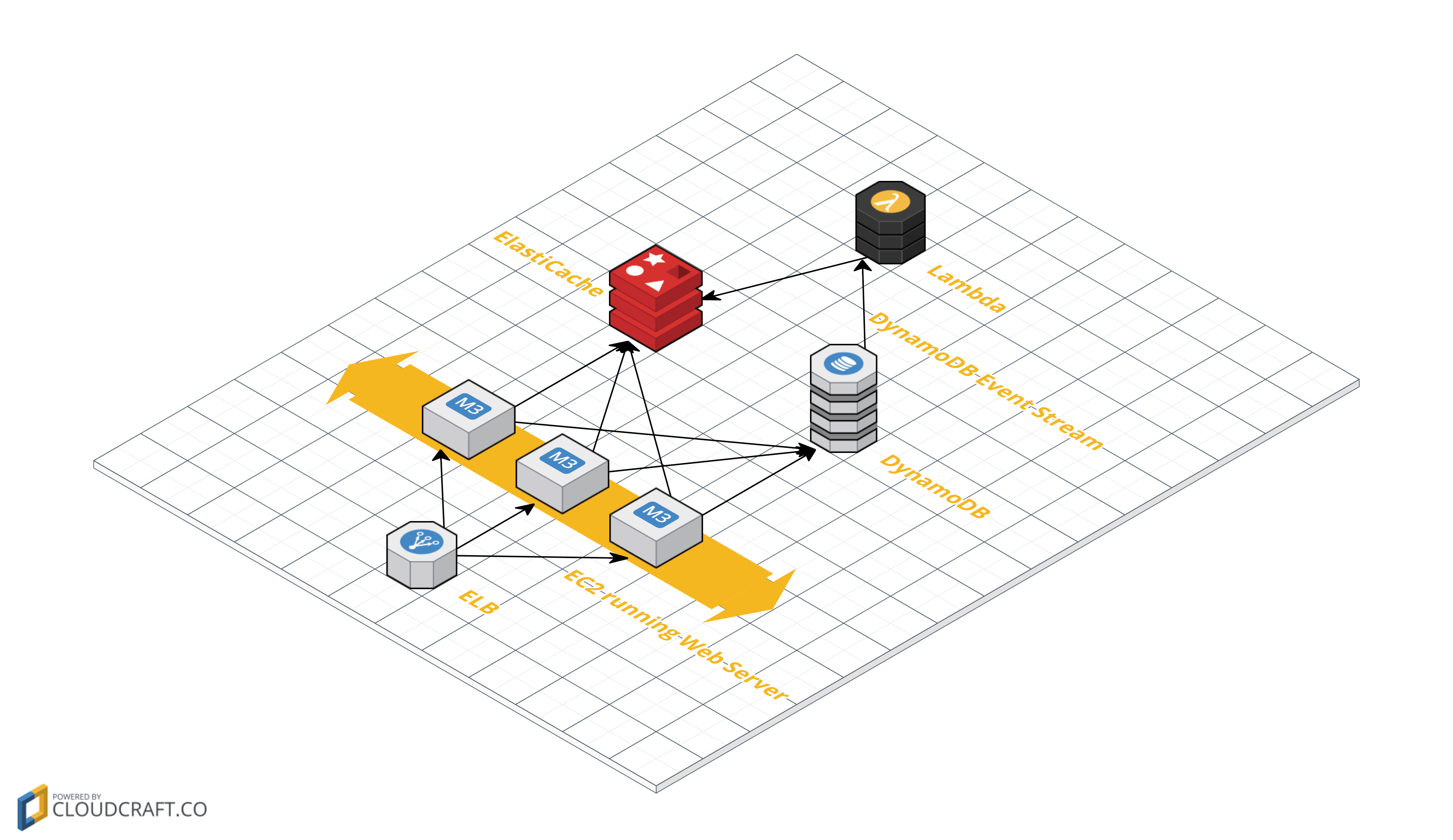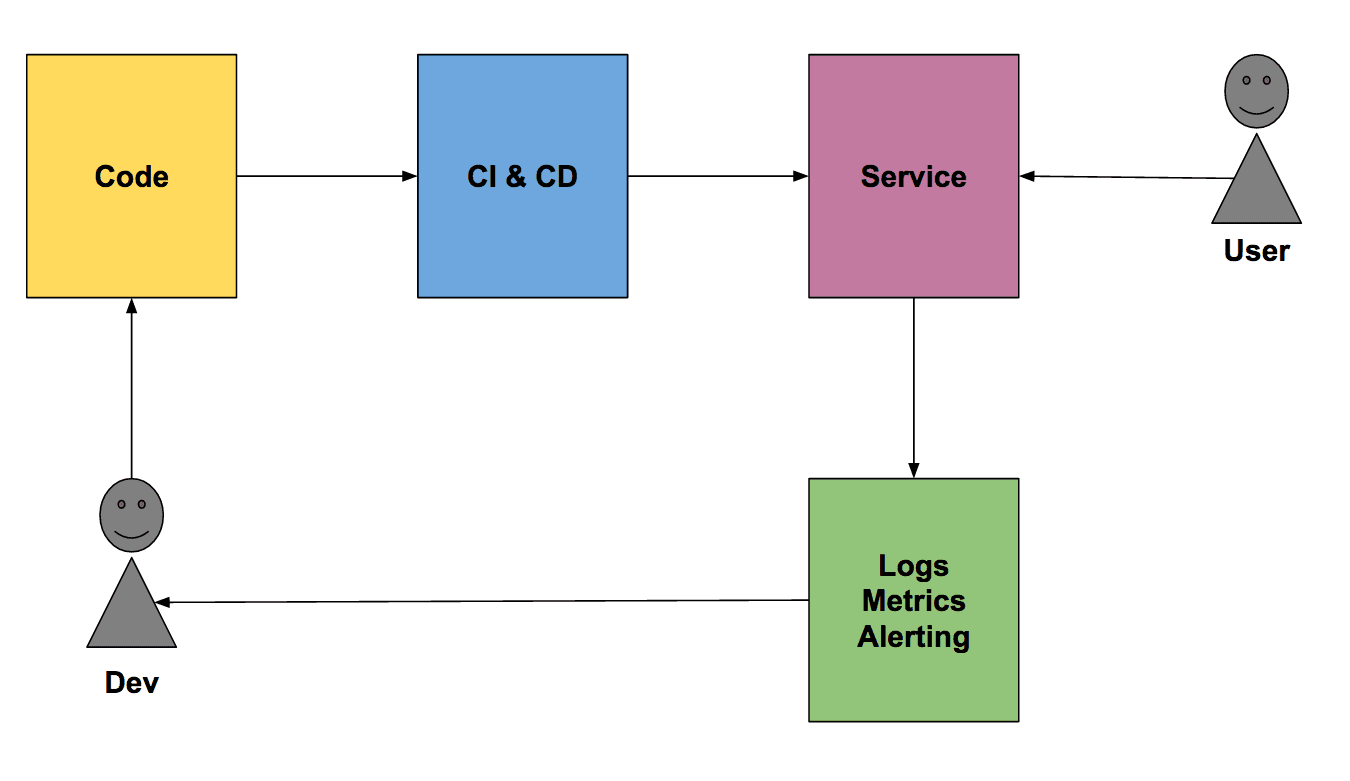#dynamodb | Amazon DynamoDB (1)
A simple but powerful NoSQL database which provides fault tolerance and extensive scalability of storage and throughput.
Using DynamoDB Entity Store for cleaner TypeScript code
DynamoDB is a cloud-hosted NoSQL database from Amazon Web Services (AWS). DynamoDB is popular for two main reasons: It scales extremely effectively with little operational effort Since it is a serverless service it is also cheap, simple, and quick to r...
Read moreHow to Replicate Your Data with DynamoDB Global Tables
In my last post about Multi-Region AWS Architectures, I discussed how you could reduce end-user latency and increase availability by running your application in multiple regions. I compared AWS services that help you to run your application in various r...
Read moreNoSQL on AWS: Document-Oriented Databases
A document-oriented database stores keys mapped to JSON documents. You can query all documents in such a document-oriented database and retrieve only parts of documents to save network bandwidth. This is a cross-post from the Cloudcraft blog. A data ...
Read more(Erratum) VPC Endpoint increases DynamoDB latency by 30%
Our reader Tom wrote in to tell me, that the latency for read requests to DynamoDB increased significantly after enabling a VPC endpoint a few weeks ago. Someone else reported a similar problem in the AWS discussion forums as well. Therefore, I started ...
Read moreDatabases on AWS
Andy Jassy, CEO of AWS, proclaimed #DBFreedom, aka use whatever database you like. AWS offers them all. At least, that’s what AWS marketing wants us to understand. In the real world, AWS offers a wide variety of databases for different use cases. Your j...
Read moreCost savings with DynamoDB On-Demand: Lessons learned
One of my favorite features announced during re:Invent 2018 is DynamoDB On-Demand. With DynamoDB On-Demand, we can use DynamoDB without provisioning capacity. Instead, we pay per request. Sounds amazing? I was excited and re-configured all DynamoDB tabl...
Read moreCloud adaption strategy: event-based data synchronization
Are you building an application for the cloud without the slightest dependency to an on-premises infrastructure? Lucky you, most of us are struggling with uniting an outdated on-premises infrastructure with the shiny cloud. I’d like to share a cloud ada...
Read moreYour Lambda function might execute twice. Be prepared!
Are you confused when scheduled Lambdas execute twice, SNS messages trigger an invocation three times, your handmade S3 inventory is out of date because events occurred twice? Bad news: Sooner or later, your Lambda function will be invoked multiple time...
Read moreDynamoDB pitfall: limited throughout due to hot partitions
Is your application suffering from throttled or even rejected requests from DynamoDB? Even if you are not consuming all the provisioned read or write throughput of your table? You run into a common pitfall! Read on to learn how Hellen debugged and fixed...
Read moreCreate a serverless RESTful API with the Serverless Framework powered by API Gateway, Lambda, and DynamoDB
This article teaches you how to create a Serverless RESTful API on AWS with the Serverless Framework. DynamoDB is used to store the data. The example’s source code is available on GitHub and can be used to speed up your project. If you are interested i...
Read moreAPI Gateway Custom Authorization with Lambda, DynamoDB and CloudFormation
API Gateway provides an HTTP API endpoint that is fully configurable. You define the HTTP resources (like /user), the HTTP methods on that resources (like POST, GET, DELETE, …) and the integration (e.g. Lambda function) that should be called to process ...
Read moreCreate a serverless RESTful API with API Gateway, CloudFormation, Lambda, and DynamoDB
This article teaches you how to create a serverless RESTful API on AWS. You will use CloudFormation to define the API Gateway in combination with Lambda to implement the functionality. DynamoDB is used to store the data. The example’s source code is ava...
Read moreServerless: Invalidating a DynamoDB Cache
A cache in front of DynamoDB is boosting performance and saving costs. Especially true for read-intensive and spiky workloads. Why? Please have a look at one of my recent articles: Performance boost and cost savings for DynamoDB. Caching itself is easy:...
Read moreThe Life of a Serverless Microservice on AWS
In this post, I will demonstrate how you can develop, test, deploy and operate a production-ready Serverless Microservice using the AWS ecosystem. The combination of AWS Lambda and Amazon API Gateway allows us to operate a REST endpoint without the need...
Read morePerformance boost and cost savings for DynamoDB
DynamoDB is offering a managed, scalable and highly available database. Compared to SQL databases a big advantage of DynamoDB is the ability to scale the read and write throughput. This allows you to scale the database along with your application layer,...
Read moreProtect AWS SDK calls with Bulkheads and Circuit Breakers
If you use one of the AWS SDKs to make queries to the AWS API you need to prepare for network unreliability. One of the AWS service that requires heavy SDK usage is DynamoDB (NoSQL database as a Service). I will use DynamoDB as an example in this post b...
Read moreA look at DynamoDB
Scaling a traditional, relational database is very hard because transactional guarantees (Atomicity, Consistency, Isolation, Durability also known as ACID) require communication between all nodes of the database. The more nodes you add, the slower your ...
Read moreCreate a serverless RESTful API with API Gateway, Swagger, Lambda, and DynamoDB
This article teaches you how to create a serverless RESTful API on AWS. You will use OpenAPI Specification formerly known as Swagger Specification to define the API and API Gateway in combination with Lambda to implement the API. DynamoDB is used to sto...
Read more











